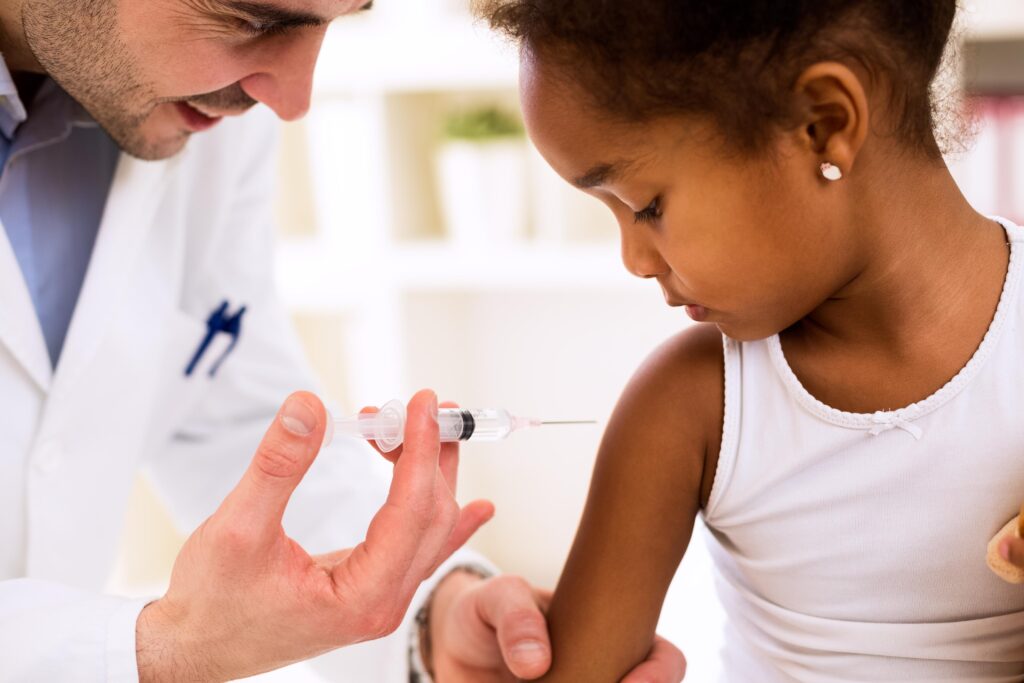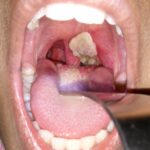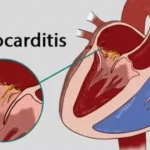The combined diphtheria-pertussis-tetanus (DPT) vaccination is a cornerstone of public health, providing protection against three severe bacterial infections: diphtheria, pertussis (whooping cough), and tetanus. This article delves into the significance of the DPT vaccine, its components, immunization schedules, and the critical role it plays in disease prevention.

Understanding the Diseases
Diphtheria
Diphtheria is a communicable disease caused by Corynebacterium diphtheriae. It leads to the formation of a thick covering in the back of the throat, resulting in breathing difficulties, heart failure, paralysis, and potentially death. Transmission occurs through respiratory droplets from coughing or sneezing.
Pertussis (Whooping Cough)
Pertussis, commonly known as whooping cough, is a highly contagious respiratory disease caused by Bordetella pertussis. It is characterized by severe coughing fits that can impede breathing, eating, and sleeping. Pertussis spreads through respiratory droplets and is particularly dangerous for infants.
Tetanus
Tetanus, or lockjaw, is caused by Clostridium tetani bacteria entering the body through cuts or wounds. The bacteria produce a toxin that leads to painful muscle stiffness and spasms, primarily affecting the neck and jaw muscles. Unlike diphtheria and pertussis, tetanus is not transmitted person-to-person but through environmental exposure.
The DPT Vaccine: Composition and Variants
The DPT vaccine is formulated to protect against all three diseases. There are different formulations tailored to various age groups:
- DTaP: Administered to children under seven years old, this vaccine contains full-strength doses of diphtheria, tetanus, and acellular pertussis components.
- Tdap: Designed for older children, adolescents, and adults, Tdap includes reduced quantities of diphtheria and pertussis components, indicated by the lowercase ‘d’ and ‘p’. This formulation is also recommended during pregnancy to protect newborns from pertussis.
- Td: This vaccine protects against tetanus and diphtheria but does not include the pertussis component. It is typically used as a booster every ten years or in wound management scenarios.
Immunization Schedule
Adhering to the recommended vaccination schedule is vital for effective disease prevention:
- Infants and Children: The DTaP vaccine is administered in a series of five doses at 2, 4, 6, and 15-18 months, with a final dose at 4-6 years of age.
- Adolescents: A single dose of Tdap is recommended at 11-12 years to boost immunity.
- Adults: Individuals who have never received Tdap should get a dose, followed by Td boosters every ten years. It’s advisable to substitute one Td booster with Tdap for added pertussis protection.
- Pregnant Women: A Tdap vaccination is recommended during each pregnancy, preferably between 27 and 36 weeks gestation, to confer passive immunity to the newborn.
Importance of Vaccination
Vaccination against diphtheria, pertussis, and tetanus is crucial for several reasons:
- Prevention of Severe Illness: These diseases can lead to significant morbidity and mortality, especially in vulnerable populations like infants and the elderly.
- Community Immunity: High vaccination coverage reduces the spread of these diseases within the community, protecting those who cannot be vaccinated due to medical reasons.
- Control of Disease Outbreaks: Maintaining high immunization rates prevents the resurgence of these diseases, which have been significantly reduced due to widespread vaccination efforts.
Potential Side Effects
While the DPT vaccines are generally safe, some individuals may experience mild side effects:
- Local Reactions: Pain, redness, or swelling at the injection site.
- Systemic Symptoms: Fever, fatigue, headache, or mild gastrointestinal symptoms.
Severe adverse reactions are rare but can include allergic responses. It’s essential to discuss any concerns with a healthcare provider.

